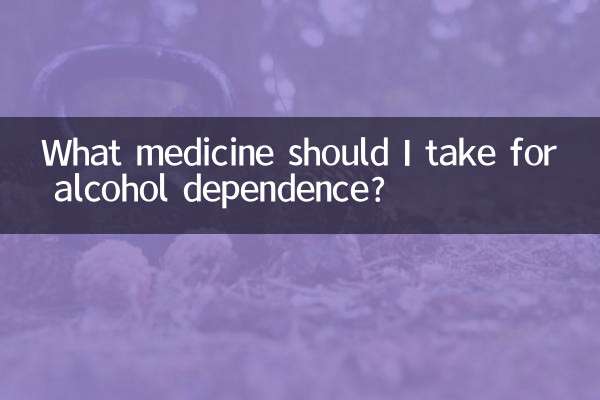What medicine is useful for prostatitis?
Prostatitis is a common urinary system disease in men and is divided into two types: acute and chronic. In recent years, with the accelerated pace of life and increased health awareness, the treatment and medication of prostatitis have become a hot topic. This article will combine the hot content of the entire Internet in the past 10 days to sort out the drug treatment options for prostatitis and provide structured data for reference.
1. Common symptoms of prostatitis

Typical symptoms of prostatitis include frequent urination, urgency, dysuria, perineal pain, etc. In severe cases, it may be accompanied by fever and general fatigue. Depending on the cause, prostatitis can be divided into bacterial and non-bacterial causes, and treatment options also vary.
2. Commonly used drugs for prostatitis
The following are the commonly used drug categories and representative drugs for prostatitis:
| drug type | Representative medicine | Mechanism of action | Applicable type |
|---|---|---|---|
| antibiotic | Levofloxacin, azithromycin | Kill or inhibit bacterial growth | bacterial prostatitis |
| alpha blockers | Tamsulosin, doxazosin | Relax prostate and bladder neck muscles | chronic prostatitis |
| NSAIDs | ibuprofen, celecoxib | Relieve pain and inflammation | acute and chronic prostatitis |
| Botanicals | Saw Palmetto Extract, Universal | Improve prostate microcirculation | chronic prostatitis |
3. Medication plans for different types of prostatitis
1.acute bacterial prostatitis: Antibiotic treatment is the main treatment, and the course of treatment is usually 2-4 weeks. Select sensitive antibiotics based on bacterial culture results and require intravenous administration in severe cases.
2.chronic bacterial prostatitis: The course of antibiotic treatment is longer, usually 4-12 weeks. Alpha blockers are often used in combination to relieve symptoms.
3.Chronic nonbacterial prostatitis/chronic pelvic pain syndrome: Mainly symptomatic treatment, including α-blockers, non-steroidal anti-inflammatory drugs and physical therapy.
| Prostatitis type | first line medication | Course of treatment | Things to note |
|---|---|---|---|
| acute bacterial | Quinolone antibiotics | 2-4 weeks | Need to complete full course of treatment |
| chronic bacterial | Antibiotics + alpha blockers | 4-12 weeks | May need to repeat treatment |
| chronic nonbacterial | Alpha blockers + analgesics | long | Comprehensive treatment is more effective |
4. Medication precautions
1. Antibiotics must be used strictly in compliance with the doctor's instructions. Do not stop or change drugs on your own.
2. Alpha-blockers may cause orthostatic hypotension and should be taken before going to bed for the first time.
3. Long-term use of NSAIDs requires monitoring of gastrointestinal and renal function.
4. Pay attention to drug interactions when using traditional Chinese medicine and botanical preparations.
5. Assisted treatment and life suggestions
In addition to drug treatment, patients with prostatitis should also pay attention to the following aspects:
- Maintain a regular schedule and avoid sitting for long periods of time
- Drink plenty of water and urinate regularly
- Moderate exercise to improve pelvic blood circulation
- Avoid spicy food and alcohol
- A warm sitz bath can relieve symptoms
6. Latest Treatment Progress
According to recent medical research, the treatment of prostatitis has the following new trends:
1. Precision medicine: guiding antibiotic selection through microbiome testing
2. Combination therapy: combination of antibiotics, alpha-blockers and anti-inflammatory drugs
3. Physical therapy: application of new technologies such as transperineal microwave therapy
In short, drug treatment for prostatitis needs to be individualized. It is recommended that patients use drugs rationally under the guidance of a professional doctor and coordinate with lifestyle adjustments to achieve the best results.

check the details

check the details